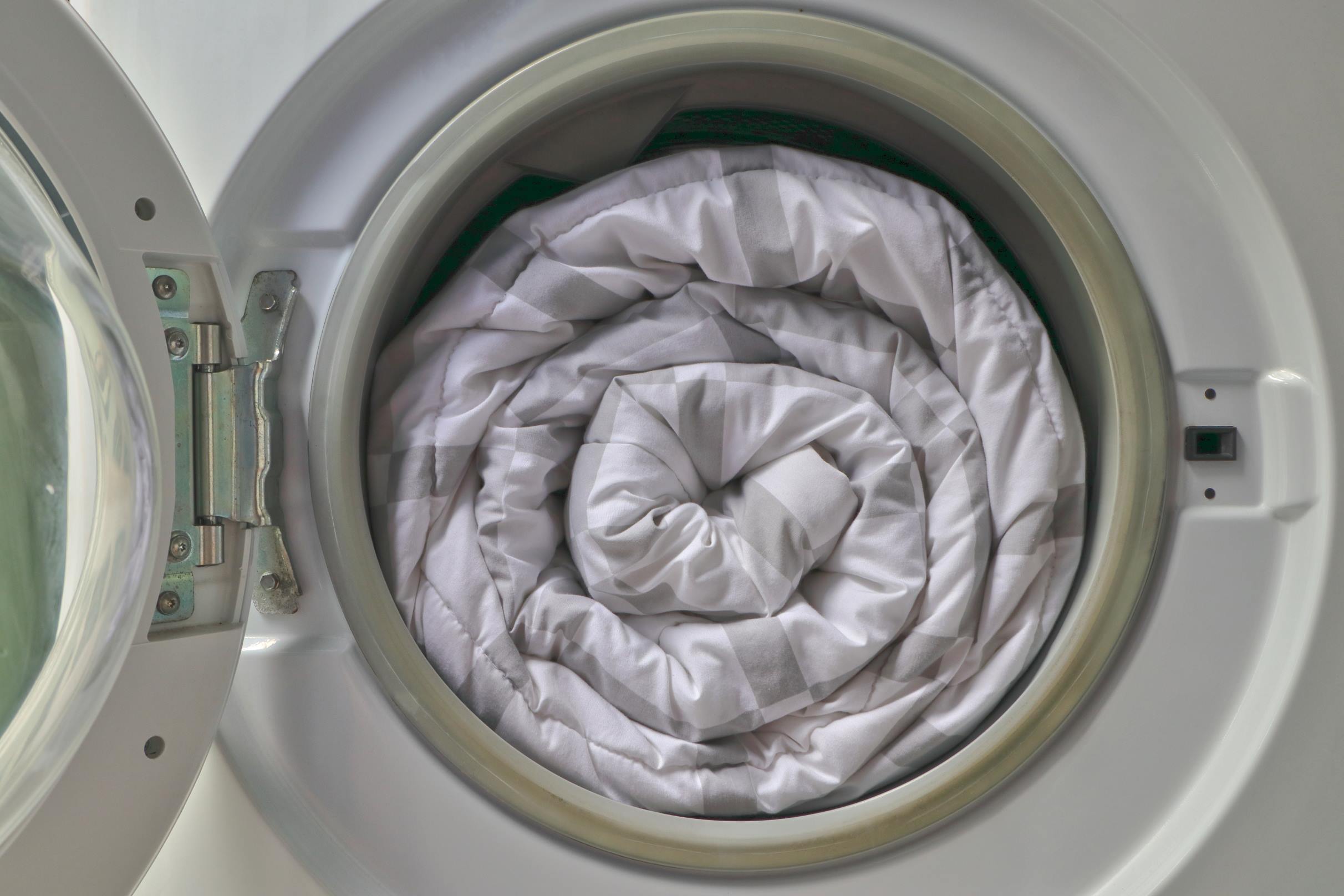
A duvet comes into contact with our body every day, gradually accumulating sweat, dust, and bacteria. If not washed regularly, it may lose its volume and freshness. To ensure a comfortable sleep night after night, even after years of use, just follow a few simple rules.
Sorting Duvets Before Washing
Not all duvets can be washed the same way. It depends on their material and filling type.
- Synthetic Duvets: They can usually handle machine washing without issues—just use a gentle cycle and a temperature up to 60°C.
- Feather and Wool Duvets: These are more delicate and require special detergents and drying with dryer balls.
- Extra-Large Duvets: If they don’t fit in your washing machine, consider taking them to a laundromat with industrial washers.
How to Wash a Duvet in a Washing Machine?
- Check the Label: If the manufacturer recommends dry cleaning only, it's best not to risk it.
- Choose the Right Program: A gentle cycle at 40–60°C (depending on the material) is ideal.
- Use Liquid Detergent: It rinses out more easily and won’t leave residue in the filling.
- Skip Fabric Softener: It can clump the fibres and reduce the duvet’s breathability.
Tip: To keep your duvet fluffy, add tennis balls or special drying balls to the washing machine.
How to Properly Dry a Duvet?
- In a dryer: Use a low-temperature setting and add tennis balls to help break up the filling and prevent clumping.
- Air drying: Lay it flat on a smooth surface and shake it regularly for even drying. Avoid hanging it by the corners, as this can cause deformation and loss of shape. Before storing, ensure it is completely dry to prevent musty odours.
